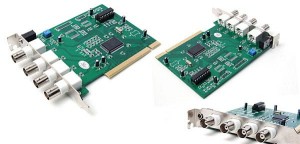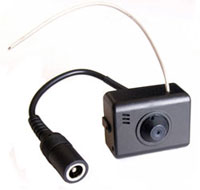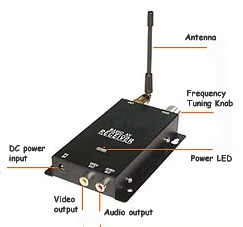With everyone having broadband now it is extremely easy to access your PC from anywhere in the world. And best of all completely free.
Software for controlling your PC has been around for a number of years and recently Microsoft have had a remote desktop feature built into their operating systems.
Personally the software I use for all my systems is an application called UltraVNC . For a free application this has loads of different features.
Key features: File transfer , Video driver , optional Encryption Plugins , MS Logon , Text chat , Viewer Toolbar , Java Viewer with File Transfer , as well as Auto scaling and Server Side Scaling, Multiple-Monitors-support,Repeater/Proxy-support, Auto reconnection, good performances and tons of other functionalities.
Addons: Repeater , SingleClick generator and NATtoNAT connectors , that help you to easily handle the most complex connection situations.
UltraVNC runs under Windows ™ operating systems (95, 98, Me, NT4, 2000, XP, 2003…). Its embedded Java Viewer allows you to connect (and make File transfers) from a simple Web Browser on any Operating system supporting Java ™ (Linux, Mac OS…) to an UltraVNC server.
It is extremely simple to install and use.
1. Install the Server application on the PC you wish to control.
2. Add a secure password to the UltraVNC server
3. If you have broadband log into your router and add a firewall entry to allow port 5900 through to your PC.
4. Install the client software on your PC
Thats it, just get the client to connect to your home IP address and thats it.
You will be asked fore your password and then your home pc’s screen will appear.




